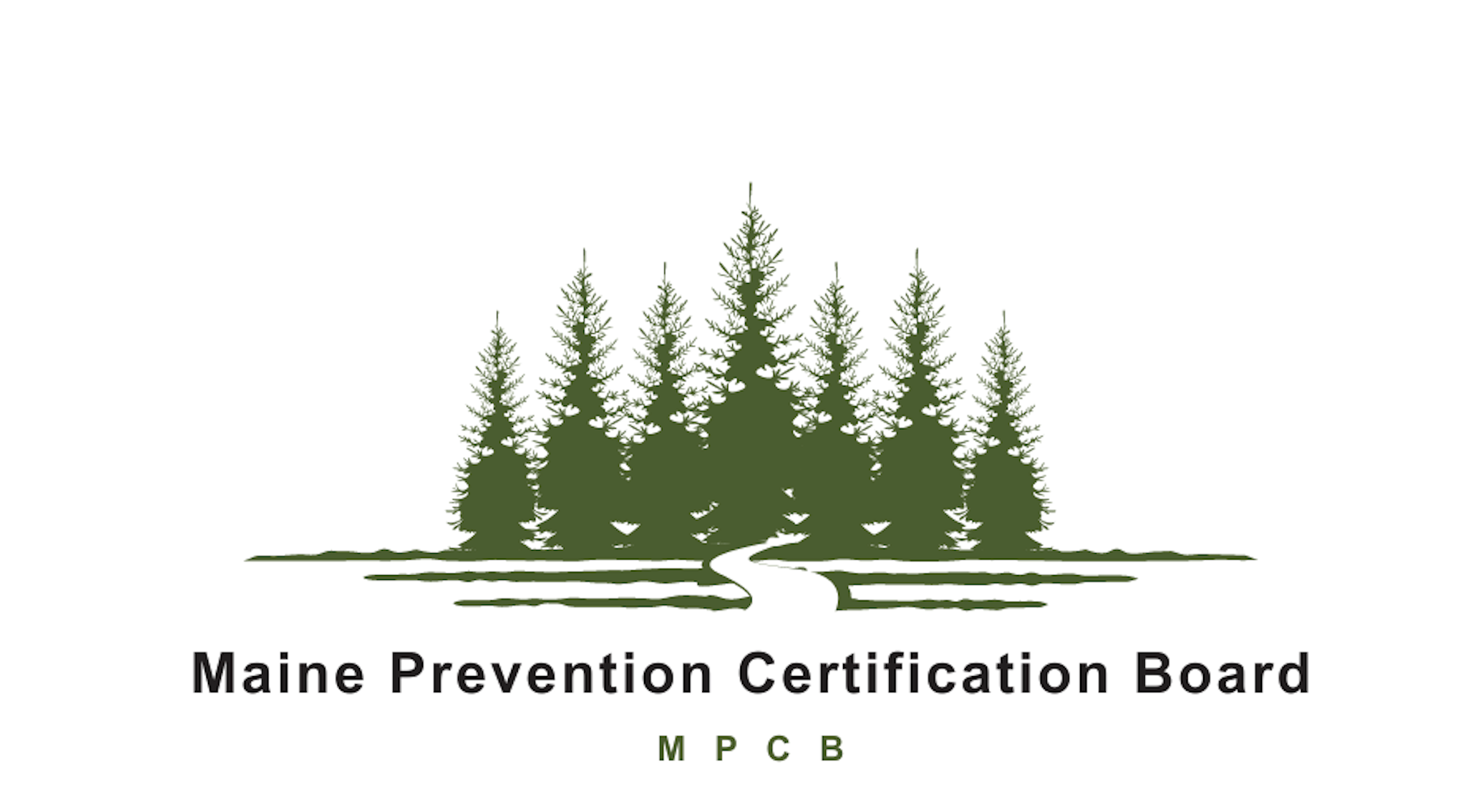Domain 1: Planning and Evaluation
Weight on Exam: 25%
- Conduct a community-level needs assessment
- Community Characteristics
- Problem identification
- Community readiness assessment
- Community resource and resource gaps
- Basic terms in epidemiology
- Determine priorities based on comprehensive community assessment
- Focus population
- Problem prioritization strategies
- Shared risk and protective factors among physical health, substance use/misuse and other behavioral health disorders
- Conduct information gathering and data review/interpretation
- Information gathering techniques
- Data literacy
- Utilize prevention theory
- Health disparities
- Social determinants of health and mental health
- Continuum of care
- Risk and Protective Factors Theory
- Public health approach
- Theory of Change
- Human developmental theories
- Develop a comprehensive prevention plan
- Logic models as a planning and evaluation tool
- Evidence-based prevention interventions
- Work plans
- Sustainability strategies
- Identify prevention program evaluation strategies
- Evaluation instruments/models
- Validity and reliability of evaluation instruments/models
- Interpretation and application
- Conduct evaluation activities and identify opportunities to improve outcomes
- Program fidelity assessment
- Adaptation evaluation
- Process and outcomes
- Utilize strategies to enhance sustainability of prevention program outcomes
- Community capacity building
- Grant research and writing
- Data reporting
- Community ownership
- Resource assessment and development
Domain 2: Prevention Education and Service Delivery
Weight on Exam: 15%
- Coordinate prevention activities
- Group processes
- Training techniques
- Interagency dynamics/power relationships/reciprocity
- Sustainable relationships and alliances
- Engagement strategies
- Engagement strategies
- Existing Community structures and norms
- Implement prevention education and skill development activities
- Learning styles, instructional strategies, and presentation methods
- Curriculum training
- Utilize strategies for maintaining program fidelity
- Principles of and guidelines for fidelity and adaptation
- Instructional materials modification
- Core component maintenance
Domain 3: Communication
Weight on Exam: 15%
- Demonstrate methods for promoting the science of prevention
- Interactions and strategies with the media and public
- Media literacy, media advocacy, and social marketing
- Utilize marketing techniques for prevention programs
- Effective marketing strategies and impact
- communication models
- Apply principles of effective listening
- Active listening
- Interviewing techniques
- Apply principles of public speaking
- Logical presentation, organization, and key points
- Storytelling, use of examples, and building rapport
- Strategies to promote discussion
- Visual aids and other presentation resources
- Employ effective facilitation skills
- Audience characteristics
- Meeting agenda and action items
- Professional behaviors and communication skills
- Safe/inclusive spaces and conflict management
- Time management
- Demonstrate interpersonal communication competency
- Written and interpersonal communication skills
- Networking and community outreach
Domain 4: Community Organization
Weight on Exam: 15%
- Identify community demographics and norms
- Utilize strategies to recruit and engage a diverse group of stakeholders
- Community sector representation and perspectives
- Current and emerging community leaders/influencers
- Utilize strategies to build community ownership and provide technical assistance
- Community engagement strategies
- Capacity-building strategies
- Roles in community ownership
- Shared leadership
- Patterns of group and organizational communication
- Strategies for empowering community members
- Advocacy strategies
- Training and mentoring community members
- Coalition development and sustainability
- Strategic planning activities
- Education resource for community members
- Utilize negotiation and collaboration strategies to build and sustain alliances with other service providers
- Formal agreements
- Referrals
- Integrate prevention strategies into physical and behavioral health planning and activities
- Global behavioral health systems and their strategic goals
- Prevention participation in related health initiatives
- Behavioral health epidemiology
- Spectrum of behavioral health services
Domain 5: Public Policy and Environmental Change
Weight on Exam: 11%
- Utilize strategies and resource to promote environmental change
- Evidence-based environmental strategies and policies
- Education of decision makers
- Demonstrate advocacy skills in public health promotion and prevention
- Political processes
- Difference between lobbying and advocacy
- Public policy development and advocacy for healthy and safe communities
- Change agents and policy makers
- Negotiations
- Social justice
Domain 6: Professional Growth and Responsibility
Weight on Exam: 19%
- Demonstrate adherence to legal, professional, and ethical principles
- Prevention Code of Ethics
- Ethical use of funds
- Conflicts of interest
- Confidentiality
- Mandated abuse and neglect reporting
- Recipient rights and informed consent
- Copyright laws and reference procedures
- Strategies to ensure the safety of program participants
- Prevention professional scope of practice
- Ethical fundraising
- Ethical use of social media and technology
- Incorporate cultural responsiveness and health equity into prevention processes
- Culturally responsive organizational structures
- Focus population inclusion
- Demonstrate healthy behaviors and self-care
- Community resource that supports health and well-being
- Healthy living strategies and wellness promotion
- Conflict resolution and stress management strategies
- Seeking and utilizing support from peers
- Recognition of personal limitations
- Recognize importance of participation in professional associations
- Professional associations and organizations related to behavioral health
- Networking and relationship building
- Demonstrate knowledge of the science of substance use/misuse disorders
- Biases, beliefs, and cultural assumptions related to substance use/misuse
- Signs, symptoms, and progressive stages of substance use/misuse disorders
- Family dynamics
- Effects of drugs on the brain and the body
- Prevention within a recovery-oriented system of care
- Co-occurring disorders
- Brief intervention and referral
- Harm reduction
- Demonstrate knowledge of mental, emotional, and behavioral health issues
- Effects of mental, emotional and behavioral health on the family
- Biases, beliefs, and cultural assumptions related to mental health
- Signs and symptoms of behavioral health conditions/disorders
- Trauma-informed lens
- Prepare and maintain reports, records and documents
- Fiscal responsibility
- Grant compliance
- Best practices in documentation
